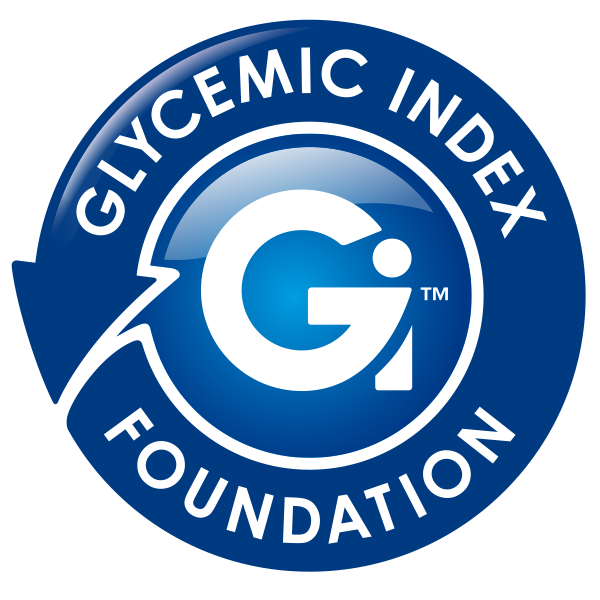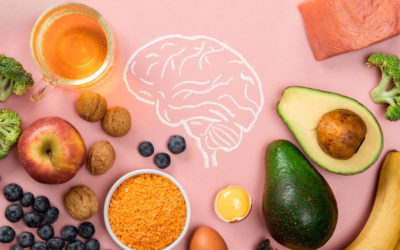Did you know that heart disease is the leading cause of death in Australian and the major cause of mortality in diabetes? High cholesterol, high blood pressure and diabetes can all increase the chance of developing heart disease. Heart disease occurs when blood flow and oxygen supply to the heart is restricted due to a build-up of fat, cholesterol and plaque that clogs arteries.
The good news is that it is often preventable via adopting a heathy lifestyle, which includes healthy eating and regular physical activity. It is about being ‘Heart Smart’!
According to the National Heart Foundation, heart health is not just about eating one specific food. It is about regularly eating a wide variety of healthy foods and the nutrients they provide, over time.
What does ‘Heart Smart’ eating look like? Below are seven ‘Heart Smart’ tips based on the National Heart foundation recommendations:
- Eat the rainbow – fresh vegetables and fruit not only supply essential vitamins and minerals they also contain important antioxidants and dietary fibre which has been shown to prevent heart disease. It is recommended we aim for 5 serves of vegetables/salad and 2 serves of fruit each day. At main meals, at least half our plate should include vegetables and salad.
- Fill up on fibre – choosing foods that are high in soluble fibre have been shown to lower cholesterol. High soluble fibre foods are also low GI, which is a winning combination because low GI foods are associated with reducing the risk of heart disease. High soluble fibre, low GI foods include oats, barley, fruit, vegetables, seeds, and legumes such as lentils, chickpeas, baked beans and red kidney beans.
- Mind the meat – being heart smart does not mean giving up meat if it is already part of your diet. Red meat is an important source of muscle building protein and nutrients such as iron and vitamin B12. It just means including unprocessed, lean cuts including red meat, pork, lamb, and veal and in smaller amounts i.e., no more than 1-3 serves a week (350g a week). This is because eating too much red meat contributes to unhealthy saturated fat in our diet, which is linked to high cholesterol levels, increasing our risk of heart disease and stroke. Skinless poultry (chicken and turkey) can be included which does not increase or decrease your risk of heart disease. Eggs are also an excellent source of protein and now can be included freely in the diet. However, if you have Type 2 Diabetes, limit to 7 eggs a week. Research shows a link between eating more than seven eggs a week and an increased risk of developing cardiovascular disease in people with type 2 diabetes.
- Pump up the plant protein – Include more plant protein meals, which are high in soluble fibre, low GI, low in saturated fat and budget friendly! Plant protein includes legumes i.e., chickpeas, beans, lentils, and tofu. If you are new to plant protein, start with including 1-2 vegetarian meals a week based on legumes. Think lentil curry or Mexican burritos using red kidney beans! Reducing the amount of animal protein in a meal and adding some legumes is also a way of boosting your plant protein intake. Legumes are a great addition to soups, casseroles, and salads.
- Up the Omegas – Our bodies cannot produce omega 3 fats from the body so it needs to come from the diet which why they are classed as ‘essential fats’. Omega 3 fats are found in fish, seafood and plant sources including walnuts, linseed (flaxseed), chia seeds, canola, and soy. Aim for 2-3 fish meals a week. According to research, fish is the best dietary source of omega-3s and associated with lower rates of heart disease (heart failure and sudden cardiac death) and stroke.
- Dial up the dairy – We now know that including dairy in the diet will not increase or decrease your risk of heart disease. This means that for healthy Australians, consuming unflavoured milk, cheese, and yoghurt (including full fat varieties), does not significantly increase you risk of heart disease. Milk and yoghurt are important sources of protein, calcium and low GI. For people with heart disease, high cholesterol, or Type 2 Diabetes, it is recommended to limit saturated fat intake low by choosing low-fat dairy milk, yoghurt, and cheese.
- Factor in the fats – Forget no fat and think quality fats. Just like carbohydrates, there are better quality fats that are essential to the diet that can aid healthier blood cholesterol levels and lower other cardiovascular risk factors. Healthy fats include olives, nuts, seeds, and avocado. Also cooking oils made from plants or seeds, including olive, canola, sunflower, soybean, peanut, sesame, and safflower.
By eating this way, your diet will be naturally lower in saturated fat, added sugars and salt but rich in fibre, vitamins, minerals, and essential fats.
Heart Smart recipe
Do you often fancy something tasty with your cuppa but try to keep away from high fat/sugar cakes and biscuits? This Carrot cake muffin recipe ticks all the boxes when it comes to being ‘Heart Smart’ and low GI. Packed with wholegrains, fruit, vegetable, nuts, and olive oil, you can safely include this muffin recipe in your diet without feeling guilty. Be careful, these little morsels of goodness are moreish and quantity does count!
By Rebecca McPhee, Accredited Practising Dietitian (APD) & Health Coach Consultant.
References:


